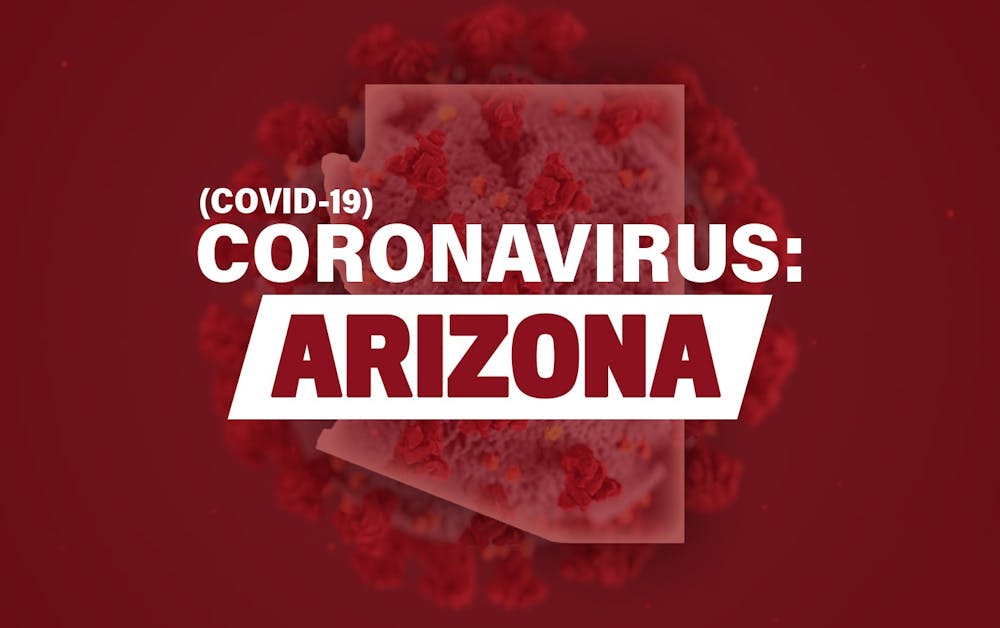COVID-19 cases are no longer growing exponentially in Arizona, but are still heading in the wrong direction, ASU’s Biodesign Director Joshua LaBaer said in a press briefing Wednesday.
The state is seeing a steady stream of around 3,500 new positive cases everyday, beginning on July 1, according to the Biodesign Critical COVID-19 Trends page. The lack of exponential growth is encouraging, LaBaer said, but the new case counts are still too high.
“We can’t sustain 3,500 cases a day, even if we kept it flat there,” he said. “That’s too many. Especially because we know that these patients who go to the hospital are staying a long time and more people are going in then coming out.”
Beginning on Memorial Day, just 10 days after the state reopened, cases have rapidly grown in Arizona.
When the reopening began on May 15, the state had just over 13,000 cases. By June 15 the state had 37,005 cases. Not even a full 30 days later, Arizona has now passed over 100,000 total cases of the coronavirus.
READ MORE: Biodesign COVID-19 data trends show a continued rise in Arizona cases
According to the Arizona Department of Health Services data page, Wednesday saw a total of 3,520 new reported cases in the state, resulting in a total of 108,614 reported cases. For the past two weeks, everyday has shown a positive testing rate of the coronavirus at over 20% over a seven-day trailing period, according to data from Biodesign.
Arizona also made national headlines once more with The New York Times reporting that the state is currently home to the world’s worst outbreak of COVID-19, with the most new positive cases per million residents over the last seven days.
The list featured 25 locations around the world, and only 10 of the locations are outside the U.S.
ADHS also reported Wednesday that Intensive Care Unit beds are 91% full, which ties a previous record for the amount of ICU beds in use for a single day.
Many hospitals are exceeding capacity in parts of the state, but "statewide there will always be some measure of beds available on an individual hospital basis,” LaBaer said.
The overwhelming number of new cases has resulted in the activation of “crisis care standards” in the state, Dr. Cara Christ, director of ADHS, said at a June 29 press briefing. Those standards allow doctors to choose which patients receive the resources needed to survive based on a variety of factors.
Ensuring the death rates stay low and that people can get the treatment they need will require not “overtaxing the healthcare system” to ensure that hospitals can successfully treat patients in-need of hospitalization, LaBaer said, but that is only possible if the case numbers go down.
Reach the reporter at wmyskow@asu.edu and follow @wmyskow on Twitter.
Like The State Press on Facebook and follow @statepress on Twitter.

Wyatt Myskow is the project manager at The State Press, where he oversees enterprise stories for the publication. He also works at The Arizona Republic, where he covers the cities of Peoria and Surprise.




